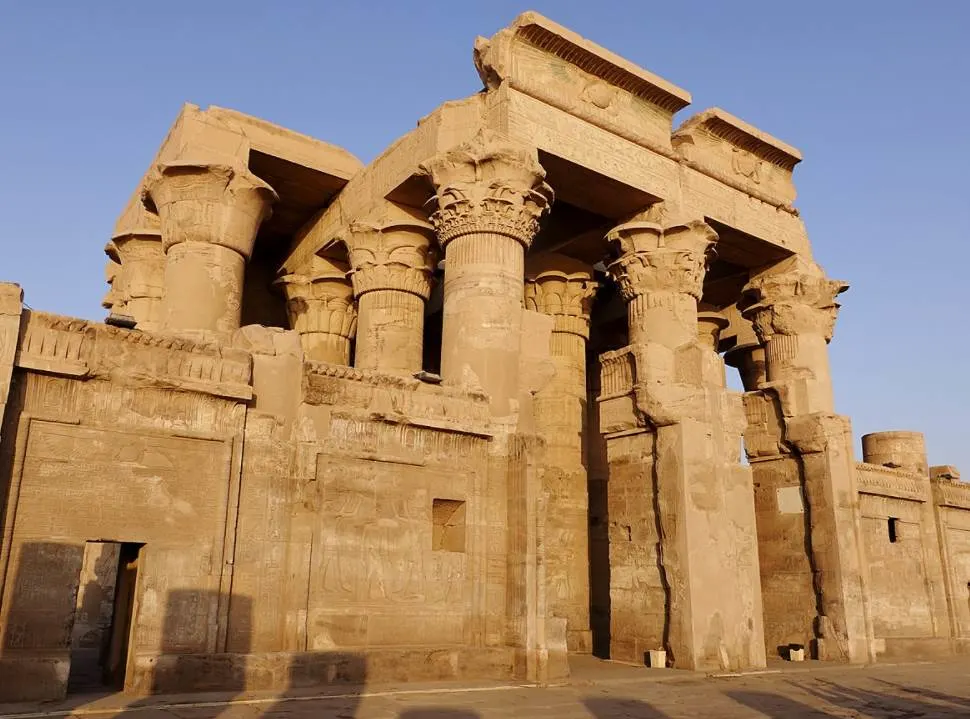One of the most intriguing buildings in Egypt is a temple that has a unique design for a particular reason. It’s adjoined by a museum that teaches us that it wasn’t just people who were mummified in ancient Egypt as well.
Let’s take a closer look at some of the most interesting facts about the Temple of Kom Ombo, an amazing temple that you must put onto your Egypt bucket list.
1. It’s located in the southernmost part of Egypt
The Temple of Kom Ombo is located in a town with the same name. This is situated in the Aswan Governate of Upper Egypt, the southernmost region in the country.
Just like most towns in this fascinating country, it’s located on the Nile River at a distance of about 50 kilometers (31 miles) north of Aswan. This is the main city in the region and the capital of the Aswan Governate.
Apart from the Aswan Dam, one of the most amazing dams in the world that was constructed in the 20th century, the region features multiple tourist attractions worth visiting.
Some of these are the island of Philae which features the Temple of Isis. Further south you can find Abu Simbel, one of the most iconic temples in Egypt that was completely moved before the Aswan Dam was completed.

2. It was built during the Ptolemaic Dynasty of ancient Egypt
The Ptolemaic Dynasty was the thirty-third dynasty of ancient Egypt. It was started by Ptolemy I Soter, a Macedonian Greek who was closely related to Alexander the Great.
This dynasty ruled over Egypt between 305 and 30 B.C., abruptly ending during the reign of the famous Queen Cleopatra VII. Egypt was subsequently absorbed by the Roman empire to become one of its provinces.
The construction of the temple was started during the reign of Ptolemy VI Philometor (180–145 BC) but multiple additions were made the following decades.

The main additions were made by Ptolemy XIII Theos Philopator (51–47 BC), a king who commissioned the construction of both the inner and outer hypostyle, one of the most distinctive features of the structure.
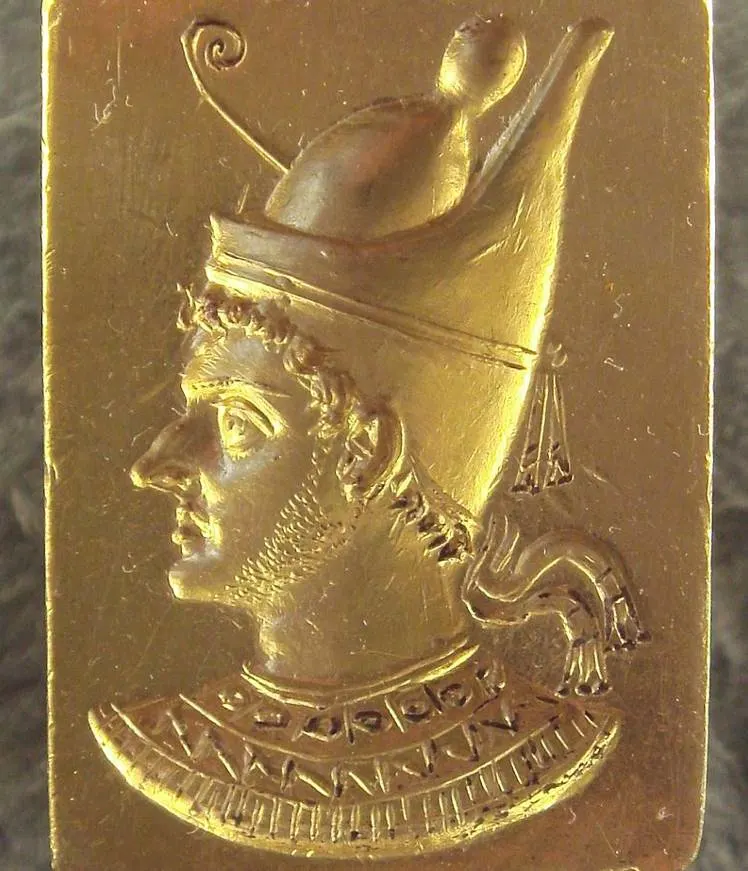
3. A much older temple was already built on this site
The Thirty-third Dynasty of ancient Egypt means that there were quite a few rulers before the Ptolemies came to power. This also means a large number of structures such as temples and pyramids being built.
Kom Ombo, a city known in ancient Egypt as “Nubt,” was already a sacred location during the New Kingdom, a period that lasted between the 16th and 11th centuries B.C.
During this period, which is considered to be the most prosperous in ancient Egypt, a temple was already built in this location. Not much remains of this New Kingdom Temple as it was completely absorbed by the new immense structure.
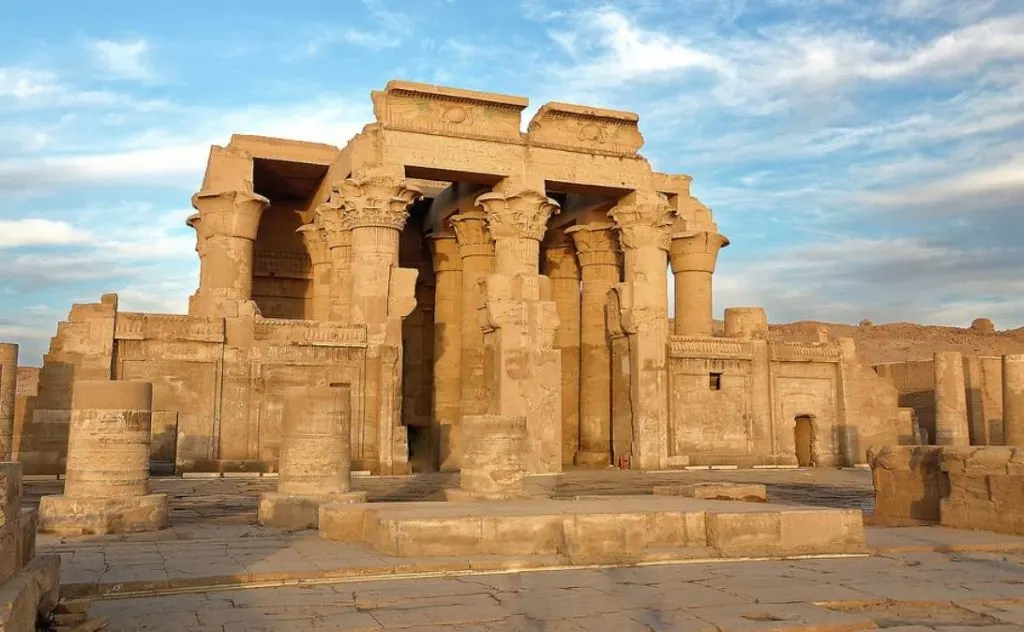
4. The structure features a unique design for a specific reason
One of the most interesting facts about the Temple of Kom Ombo is that it features a dual and perfectly symmetrical design. This means that the central axis of the temple features identical rooms and halls on both sides, a unique feature in ancient Egyptian architecture.
The main reason is that the temple was used to worship two sets of gods. The southern section of the temple was used to worship the crocodile god Sobek, as well as the goddess Hathor and god of the Moon Khonsu.
The southern section of the temple was dedicated to the falcon god Horus the Elder who was adjoined by two other gods named Tasenetnofret and Panebtawy.
This duality was most probably because both local legends along with universally accepted legends were worshipped at the temple.
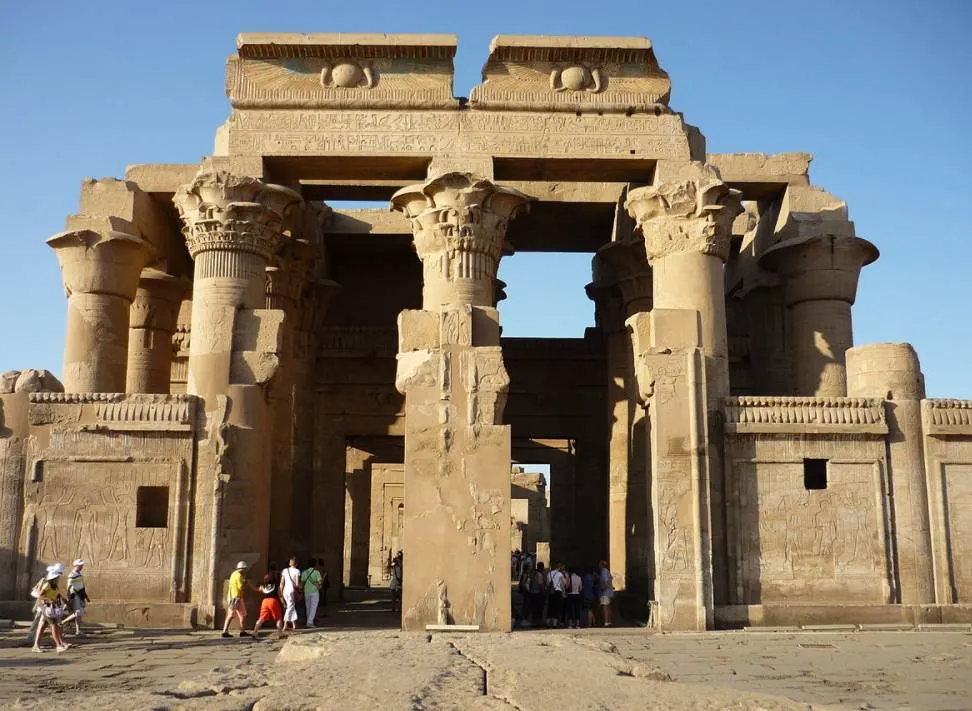
5. The temple was completely restored in the late 19th century
Even though the Romans still added new additions to the temple following the fall of the Ptolemaic Dynasty, the temple ended up suffering quite a bit during its history.
The most prominent causes of the dilapidated state it was in were both the Nile River and earthquakes. Many of the stones were also used to build new structures and the Coptic Orthodox Christians who turned it into a church erased many of the reliefs.
While the northern part was pretty much destroyed, the southern part was cleared of the debris that had accumulated around it and completely restored in the late 19th century.
This project was conducted by a French geologist and archaeologist named Jacques de Morgan (1857-1924). This man also conducted excavation projects near Cairo at the necropolis of Dashur and in and around the ancient Egyptian city of Memphis.

6. It features remarkable reliefs depicting various scenes
The reliefs that did survive the test of the time depict the usual scenes that you can expect in ancient Egyptian temples and monuments. It depicts the gods and also the kings of the Ptolemaic Dynasty making offerings to those gods.
The crocodile god Sobek is prominently featured and various scenes depicting “Season of the Harvest” and the subsequent “Season of the Emergence,” which represents the end of the harvest season, can be found here.

7. The main complex is adjoined by a fascinating museum
A recurring theme of the reliefs is the crocodile god Sobek being worshipped. He is depicted as a human with the head of a crocodile and the reliefs make us understand that he was worshipped as the god of fertility.
The Nile crocodiles that lived in the area around the time must have been worshipped as gods themselves as well because numerous mummified crocodiles were found in the vicinity of the Temple of Kom Ombo.
This means that the crocodiles were given the same treatment as the people who were mummified, quite astonishing!
The “Crocodile Museum” featuring over 300 of these mummified crocodiles that are well over 2,000 years old opened its doors just north of the temple back in 2012.
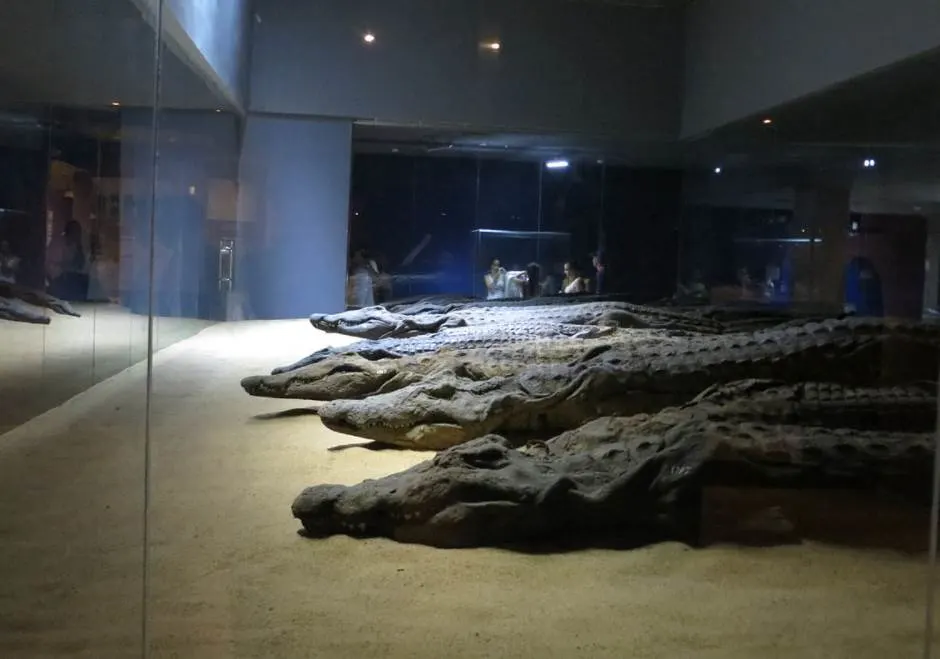
8. Some remarkable artifacts have been found in the temple’s vicinity recently
Even though the temple in itself is an amazing ancient landmark to visit, excavations are still ongoing. This means that the structure hasn’t given away all of its secrets just yet.
This notion is emphasized by the fact that 2 remarkable discoveries have been made in 2018. One was a sandstone sphinx that dates back to the reign of the Ptolemaic Dynasty.
Even though this sculpture only has a width of 28 centimeters (11 inches) and a height of 38 centimeters (15 inches), it’s still a remarkable find. After all, the Great Sphinx of Giza is one of the most iconic monuments of ancient Egypt.
The other discovery was even more remarkable because a bust of Roman Emperor Marcus Aurelius was found here as well.
